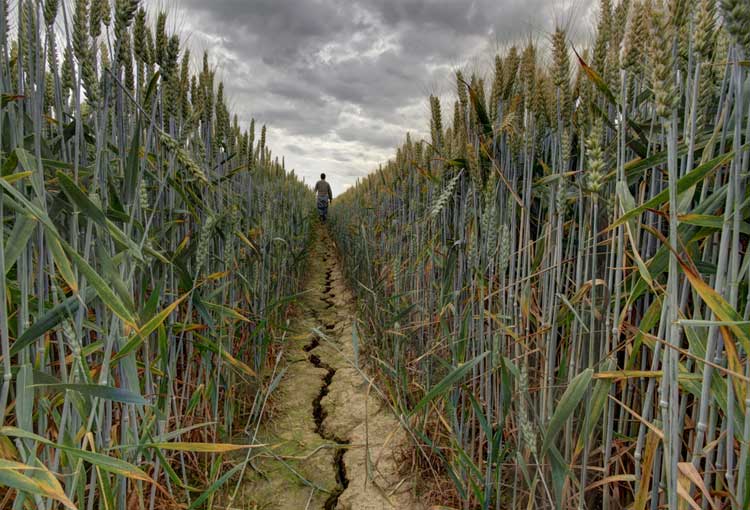Drought affects agriculture for third year
Monday, March 7, 2016

Poor planning and execution prevent the region from finding solutions to the problem of drought, which for the past three years has significantly affected agricultural production.
The problem is especially severe in the western zones of Guatemala, Honduras, and Costa Rica, as well as in El Salvador, which lies entirely to the west of the mountain ranges, which form the region’s central spine.
Water is in fact abundant throughout the isthmus, but distribution is uneven.
While the west is often dry, there is extensive rainfall in the eastern zone, which ranges from the Caribbean Sea to the central mountains.
Pumping water from the mountains to farms in the western part of the region would solve the drought problem.
Redistribution of this type would involve running pipelines through existing properties, and to secure them against theft, among other issues.
On the other hand, the process should not be especially complicated.
A water pipeline takes little space and would have little environmental impact, while development costs would be low.
As far as construction is concerned, pipeline technology is simple and well established.
In terms of operations, a pipeline from mountains to lowland areas would use little energy, since gravity does most of the work, while security costs would be low, thanks to electronic detection techniques.
Meanwhile, Central America’s drought problems are critical, the director for Latin America of the World Food Program, United Nations, Miguel Barreto, said last month.
In the region’s “dry corridor" over 4 million people are affected, half of whom are subsistence farmers, he added.
